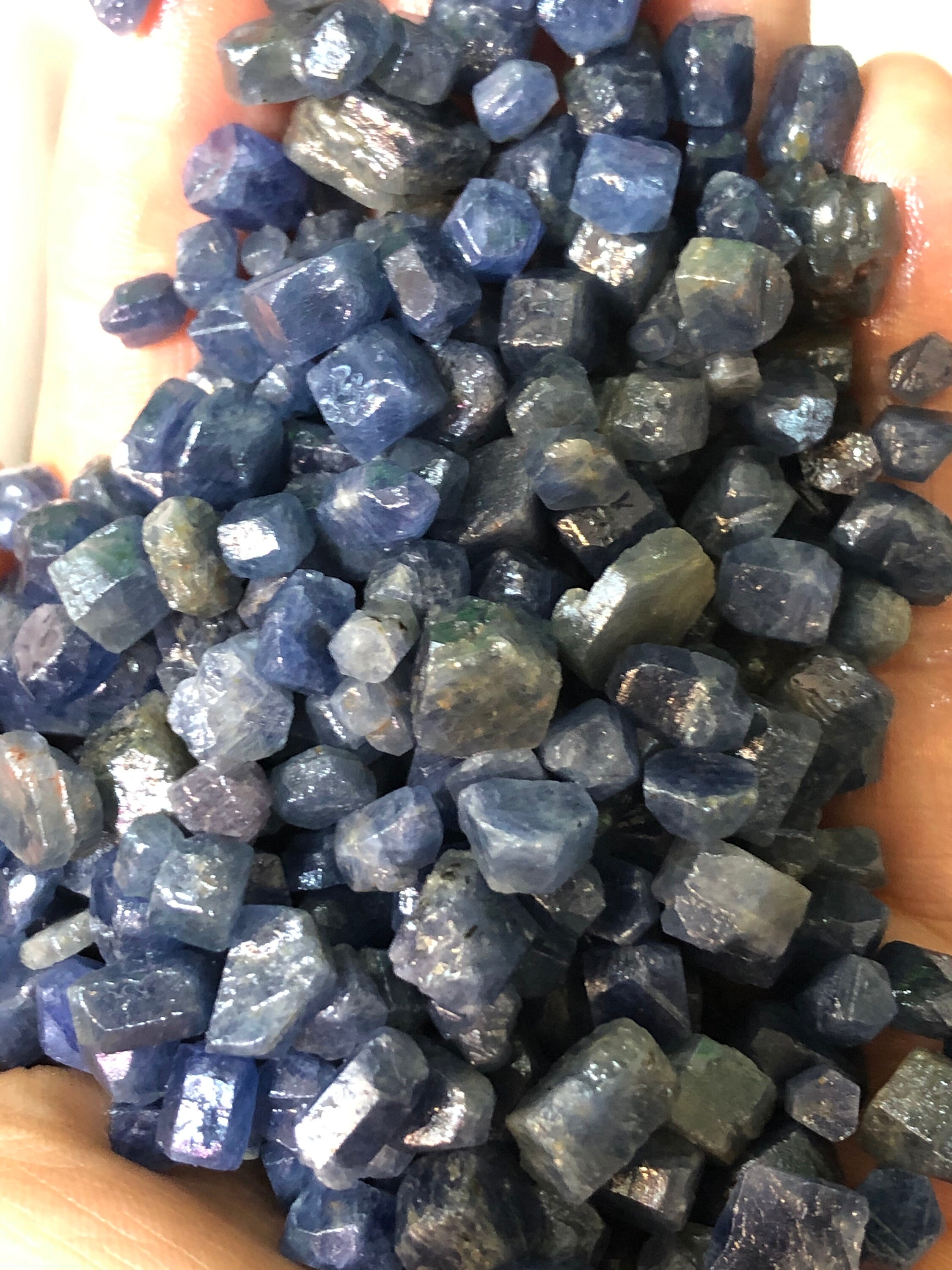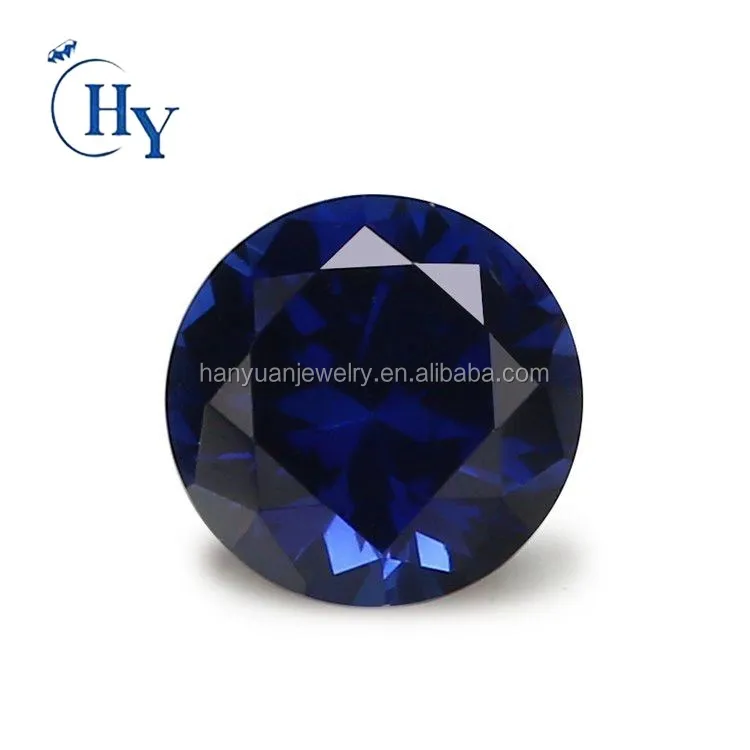

These items are now typically made of synthetic corundum. Because of these properties, it is ideal for making refractory items such as fire stone, kiln liners, and kiln furniture. It is chemically inert and heat resistant. Its longevity, vitreous lustre, and scratch resistance make it an ideal transparent covering for the face of a mechanical or digital device.Ĭorundum has a wide range of applications. Watches also make use of colourless synthetic sapphire. It has also been used in refractories due to its high melting point. It's used to grind optical glass and polish metals, and it's even been turned into sandpaper and grinding wheels. It's used for polishing and sanding of optical lenses.īecause of its high melting point (2,040 ° C or 3,700 ° F), it is often used in refractories. Let’s look at some more Corundum uses:īecause of its hardness, it is used as an abrasive.

The Verneuil method is the name given to this operation. Slow accretion and regulated growth on a boule in an oxyhydrogen flame will produce artificial corundum as a specialty product for gem usage. It has a high specific gravity, hardness, hexagonal crystals that often taper to a pyramid, parting, lustre, and conchoidal fracture.Ĭorundum has been largely replaced in most industrial applications by synthetic materials such as alumina, an aluminium oxide derived from bauxite. The specific gravity ranges from 3.9 to 4.1 (very high for a nonmetallic mineral). Luster ranges from adamantine to vitreous. It has no colour (harder than the streak plate). Chromium produces red (ruby), and iron and titanium combinations produce blue (sapphire). When pure, it is colourless, but trace amounts of different metals create almost any colour. Let's go over Corundum's physical properties in depth: Other aluminous minerals that weather easily include margarite, zoisite, sillimanite, and kyanite.Ĭorundum is a mineral of aluminum oxide that is typically white, grey, or brown in appearance, but gem colours include red ruby, blue, green, yellow, orange, violet, and pink sapphire. Ruby gets its red colour from chromium, while sapphire gets its blue shades from iron and titanium most corundum contains approximately 1% iron oxide. Corundum mineral is colourless in its pure form, but the presence of trace amounts of impurities will add a wide range of hues to the mineral. The finer types are sapphire and ruby, and its mixtures of iron oxides and other minerals are referred to as emery. Corundum is a naturally occurring aluminium oxide mineral that is the second hardest natural substance after diamond.


 0 kommentar(er)
0 kommentar(er)
